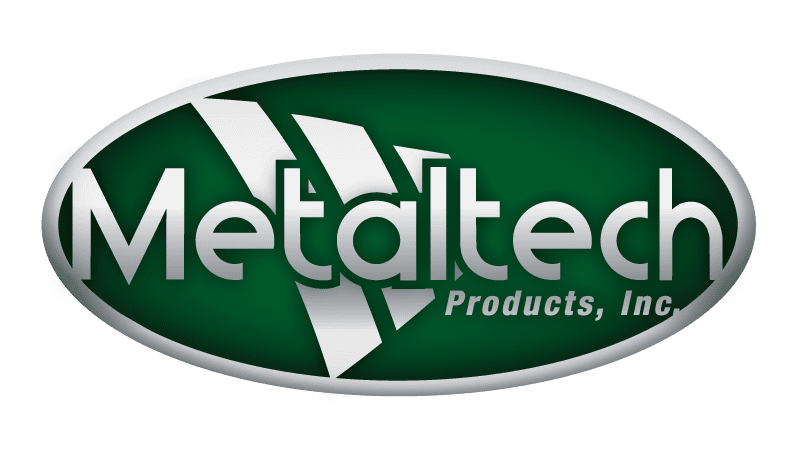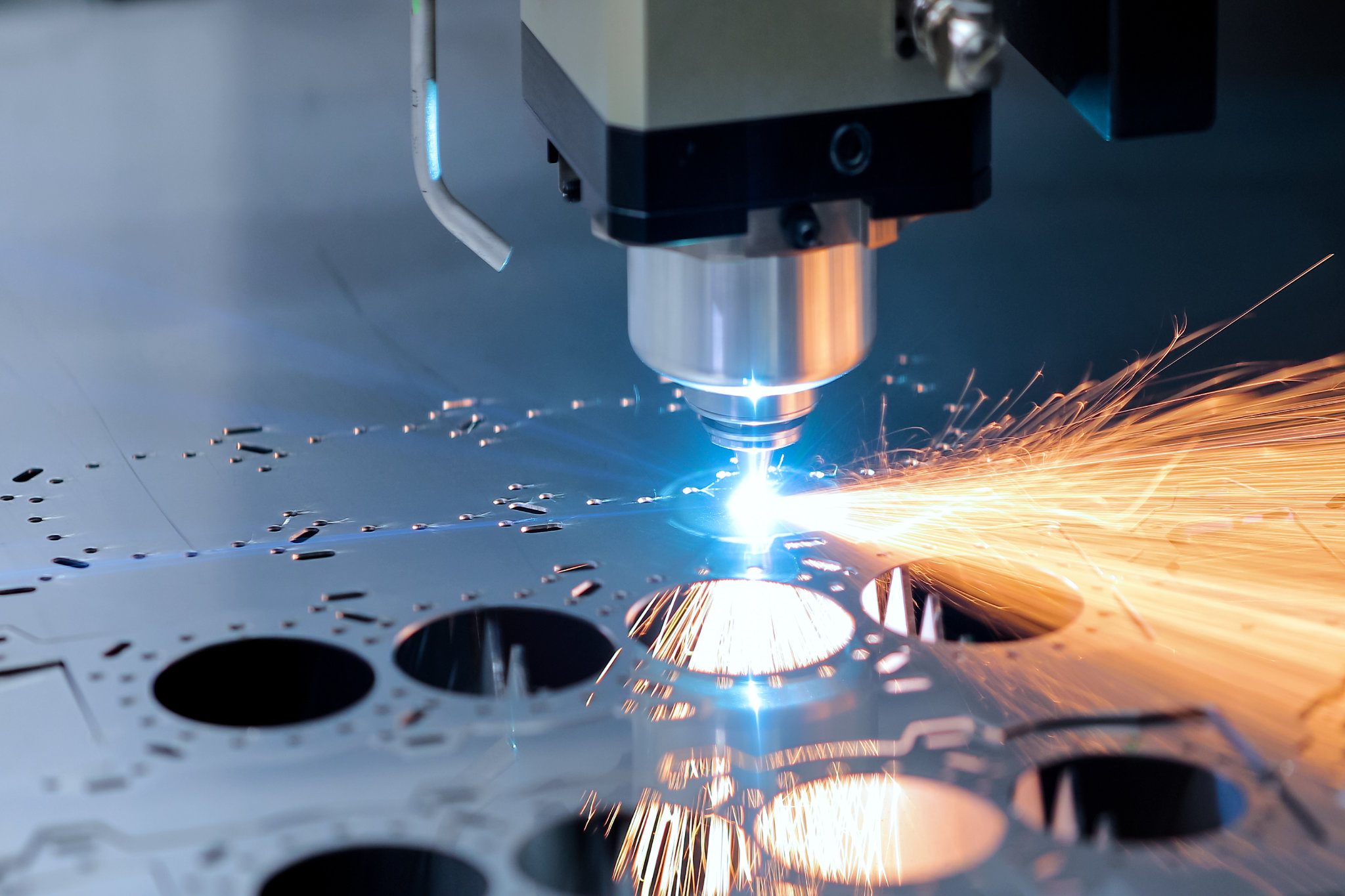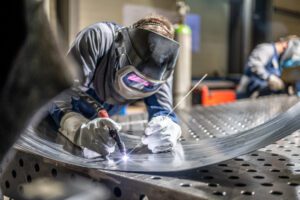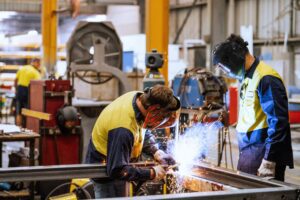Sheet metal cutting transforms ordinary metal sheets into workable shapes for creating a vast assortment of products and components.
Beginning with detailed instructions from design engineers and armed with advanced software, fabricators at Metaltech cut the sheets into a range of patterns. These include custom shapes, holes, slots, etching, relief cuts and many more.
State-of-the-art laser cutting machines yield precise cuts within tight tolerances, along with speed and efficiency for maximum output and lower costs. Thanks to advanced automation and digital integration, today’s equipment can handle ever-more complex applications and intricate cuts. Refined optics and automated beam alignment boost accuracy, speed and edge quality while minimizing waste.
Let’s take a closer look at the features and benefits of advanced laser cutting for custom metal fabrication today.
High-Power Laser Cutting Equipment
Laser technology utilizes a solid-state laser source with a beam generated from inside an optical fiber. Thanks to a longer lifespan and lower maintenance costs, operators enjoy a number of advantages over traditional cutting machines.
Other benefits of high-powered lasers include give the fabricator greater power output, stronger beam quality and fast cutting speeds. More powerful lasers can cut through thicker materials and yield higher-quality edges.
Benefits of Laser Cutting
Laser cutting offers many advantages for the fabrication of metal components in a range of custom shapes and sizes.
- Precision: Fine laser beams create highly detailed, intricate designs with with minimal error and consistent output.
- Speed and efficiency: Laser cutters operate at high speeds, allowing fabricators to complete more projects in a shorter amount of time.
- Cost-effectiveness: More accurate cutting means less waste, lower maintenance costs and decreased labor costs. Longer machine lifespan means lower replacement costs.
- Versatility: Advanced lasers can cut a range of materials, including steel, aluminum, copper, brass and titanium.
- Safety: Advanced safety features mean a lower risk of workplace accidents. Automation and remote operation reduce the need for direct human contact with machine parts.
Automation & Cloud-Based Integration
Digitized cutting, combining smart software with integrated connectivity, enables more seamless workflows, from custom design to production. Features include real-time monitoring of the cutting process, data analytics and remote access. Predictive maintenance optimizes equipment performance, reduces downtime and extends machine life.
Programmable control systems optimize cutting specifications, while collision avoidance features improve safety. Adaptive control functionality includes sensors to monitor cutting conditions and adapt parameters in real time. Skilled fabricators apply this technology to achieve greater cut consistency by compensating for material variations. Other advantages include better productivity and a reduction in scrap metal.
Benefits of Digitized Metal Cutting
Integrated laser cutting offers a number of advantages over traditional legacy machines.
- Real-time monitoring and analytics: Operators can track performance, efficiency and troubleshooting issues. This facilitates proactive maintenance and productivity while reducing downtime.
- Remote operation: The operator can monitor and adjust settings from anywhere. The result is greater flexibility and responsiveness throughout the cutting process.
- Predictive maintenance: Sensors detect issues as they emerge, allowing fabricators to reduce downtime, repair costs and replacement expenses over the life of the machine.
Laser Cutting for Custom Metal Components
Metaltech combines laser cutting technology with years of metal fabrication experience to create high quality custom components. The TruLaser 5030 2D Cutting Machine utilizes 10,000 watts of power to slice through metal sheets up to 60” x 120”. Maximum thickness depends on the material.
- Steel: 30 mm or 1.18”
- Stainless steel: 32 mm or 1.25”
- Aluminum: 30 mm or 1.18”
- Copper: 16 mm or 0.63”
- Brass: 12 mm or 0.47”
- Titanium: 6 mm or 0.25”
We also utilize the TruLaser 3030 to create even, smooth cutting edges and small contours in metal parts. Maximum dimensions are also 60” x 120”, and maximum thickness includes:
- Steel: 20 mm or 1”
- Stainless steel: 15 mm or 0.6”
- Aluminum: 10 mm or 0.5”
You can learn about our fabrication process first-hand by scheduling an in-person tour of our facilities. We also provide free quotes if you simply fill out our convenient online form with your project specifications.
Have a question? Need more information? Give us a call during business hours at 417-426-5577 or contact us online at any time.




